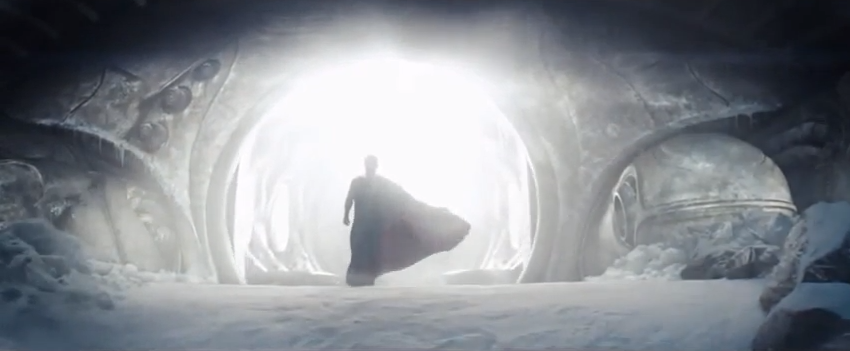
In my years behind the camera I have found there are several ways to improve a shot dramatically with a few simple tweaks that anybody can do. This is one of those minor tweaks that I wish I had found when surfing the various blogs out there. But if you’re paying close attention to what makes a shot look good you can discover many of these tid bits that can make your work shine on your own.
Camera Height
Here’s one that I notice many people not taking advantage of and it can change many an average shot into an awesome cinematic image: the height of your camera when you hit that record button.
A simple little thing like placing the camera down low and angling it higher can instantly make a shot impressive. Check out the video below where I walk you through a very ordinary scene and we’ll view if together from 4 different camera heights.
Below are all 4 camera heights plus a before and after of eye level versus floor level of the same scene.
IS CAMERA HEIGHT SOMETHING YOU PAY ATTENTION TO?
WHICH CAMERA HEIGHT DID YOU LIKE THE BEST?
LET US KNOW BELOW!

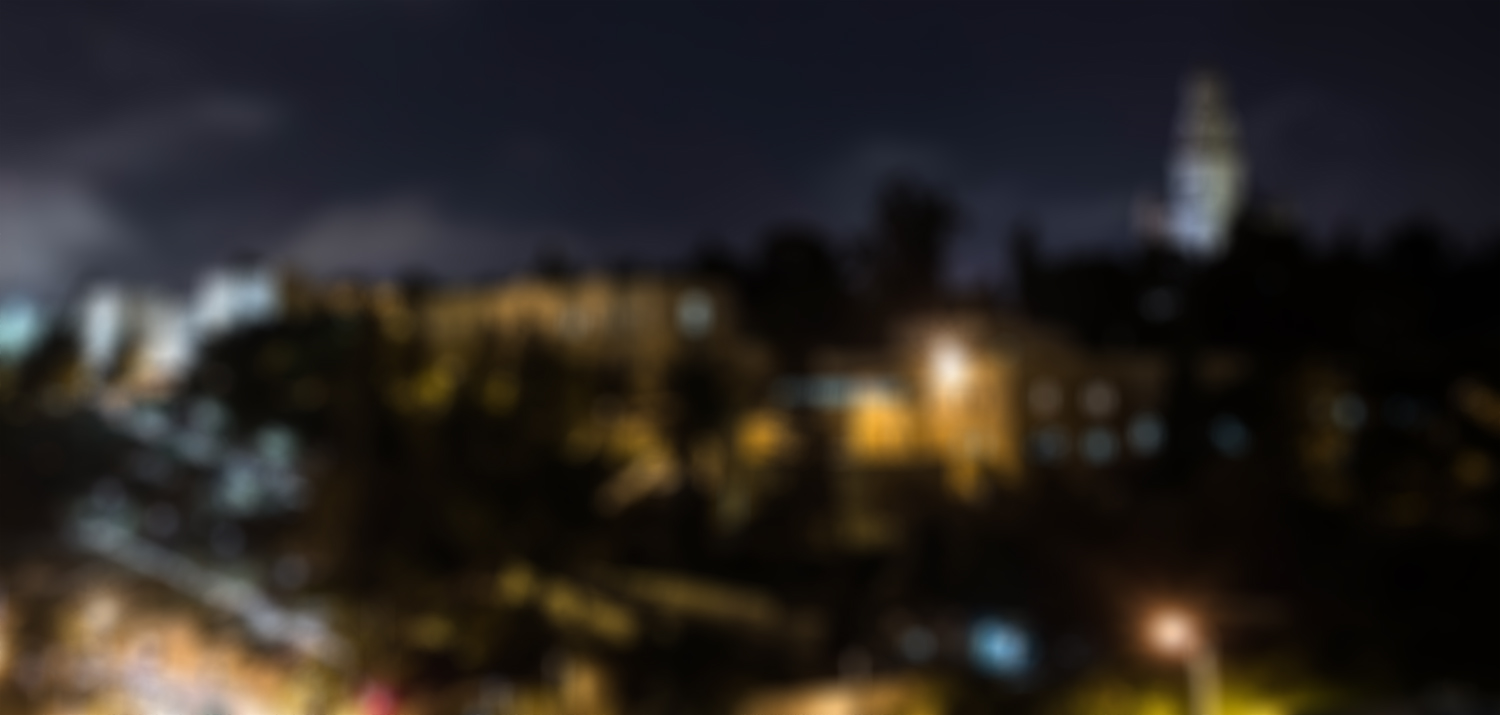






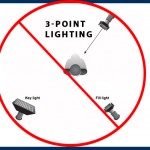
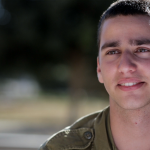

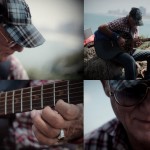
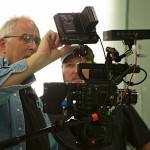
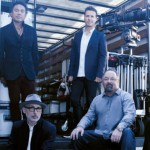

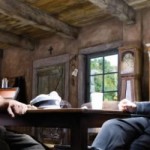
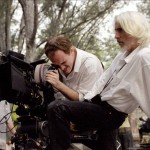
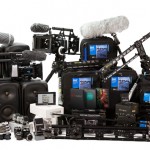
Pingback: Camera height makes a difference | Life in General()